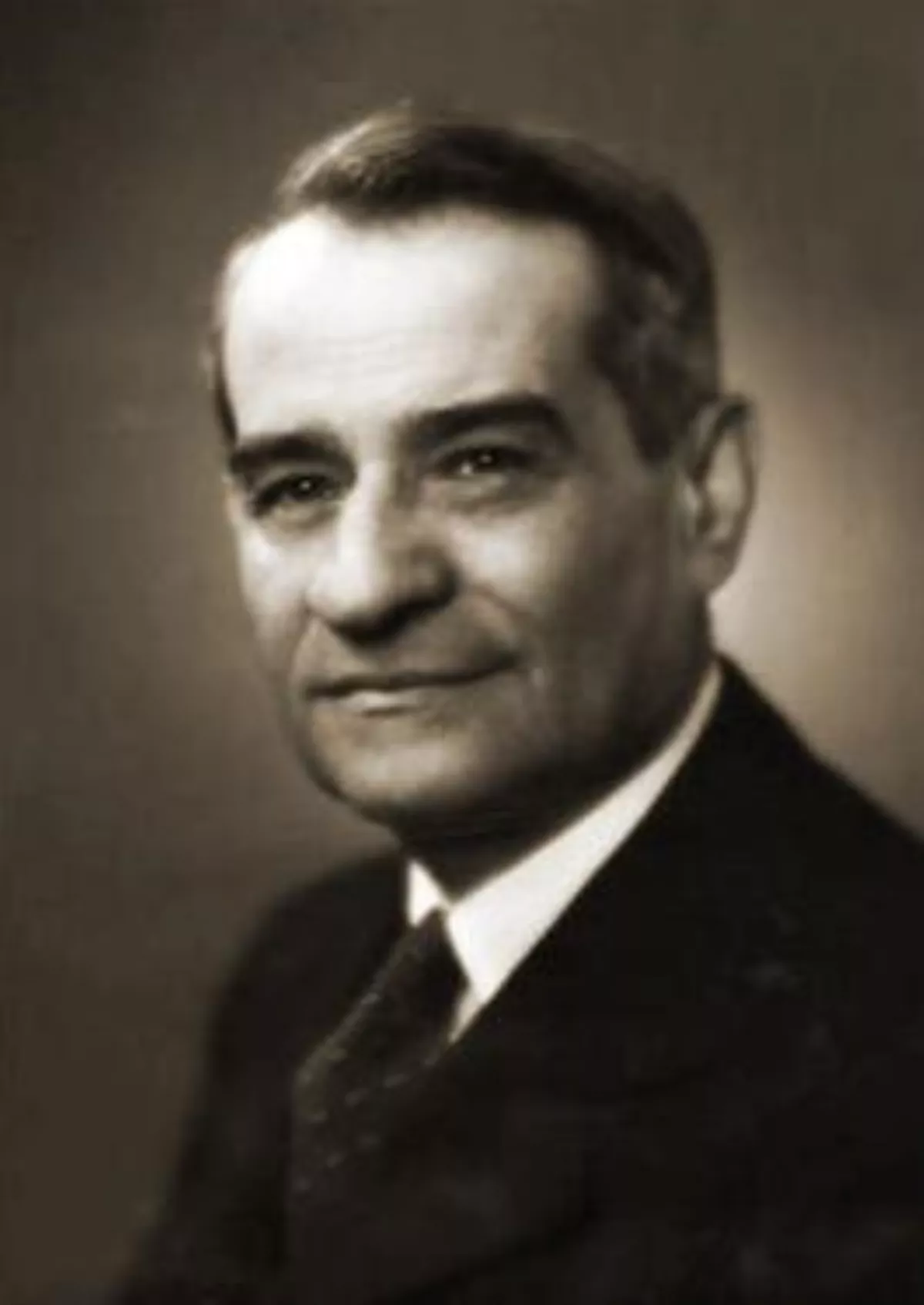 1.
1. Selig Perlman's father, Mordecai, was a Jewish merchant who supplied yarn and thread to home weavers and was a friend of Maxim Litvinov's father.

 1.
1. Selig Perlman's father, Mordecai, was a Jewish merchant who supplied yarn and thread to home weavers and was a friend of Maxim Litvinov's father.
Selig Perlman had a stutter and was extremely shy, which didn't stop him from excelling in the "Cheder", and won a scholarship to attend a state-owned high school.
Selig Perlman never joined a political party or radical movement and his advocacy remained more theoretical than practical.
Selig Perlman came down with bronchitis and transferred to the University of Naples Federico II, because Naples had a warmer climate.
Selig Perlman studied medicine, learned Italian, joined the General Jewish Labor Union, and spent weekends with other students talking politics, languages, and literature at Maxim Gorky's home.
Selig Perlman ran out of money at the end of the school year.
Walling, meanwhile, had been arrested in Russia for inciting sedition and had returned to the US Selig Perlman wrote to Walling asking for a job, and Walling agreed to provide one.
Selig Perlman arrived in New York City in early 1908, where he translated various works for Walling.
Selig Perlman arrived in Madison, Wisconsin in the middle of 1908, and enrolled as junior at the university there.
Selig Perlman's roommate was David J Saposs, later to become a noted historian, and a close friend was Edwin E Witte.
Selig Perlman enrolled in classes taught by Frederick Jackson Turner, John R Commons and Richard T Ely.
Selig Perlman worked at various jobs for a while, including a stint as a factory inspector.
Selig Perlman graduated with a bachelor's degree in economics in 1910.
Selig Perlman became close friends with Edward Morehouse, later a noted economist.
Selig Perlman took the position offered by Commons for career reasons and because he had already been working in the labor history field.
Unions formed to protect wages, Selig Perlman argued, did not arise from the bourgeoisie.
Commons brought Selig Perlman along, getting him a job investigating strikes and conducting research for the commission.
Selig Perlman sought and won a substantial salary increase from Commons, and brought his parents and sibling to the United States.
In revising Ely's work, Selig Perlman removed all references to this theory.
Desperate for income, Selig Perlman tried to obtain a professorial position.
Selig Perlman interviewed at Cornell University and the University of Arkansas, but anti-Semitic trustees and administrators kept him from winning an appointment at either institution.
The instigator of the rebellion was Ella Commons, who coordinated a series of promotions, votes and organizational changes which forced Ely out and permitted Selig Perlman to obtain an assistant professor position.
Selig Perlman helped promote institutionalism and Hegelian historicism as important theoretical approaches to the study of economics, labor and labor unions.
However, Selig Perlman did show signs of breaking away from the Wisconsin school's emphasis on organizations.
In 1928, Selig Perlman published his most famous work, A Theory of the Labor Movement.
Selig Perlman criticized this theory by arguing that workers in the United States were not, in fact, alienated as they were in Europe.
Unions formed, Selig Perlman argued, as a means for workers to maintain high wages.
In time, a chair was named for Commons in the economics department, and Selig Perlman appointed to that position.
Selig Perlman taught a number of students who later went on to influential careers as economists, historians and politicians in their own right.
Selig Perlman continued to exercise his religious beliefs throughout his academic career.
And, despite the disparity in their economic views, Selig Perlman became good friends with economist Milton Friedman.
Selig Perlman subsequently married Eva's younger sister Fannie, and had two daughters, Eva and Rachel.
Selig Perlman received an appointment as a visiting professor at the Wharton School of the University of Pennsylvania.
Selig Perlman lingered for seven days, then died on August 14,1959, aged 70.
Selig Perlman is recognized as one of the leading labor historians of the first half of the 20th century.
Nevertheless, critics agree that Selig Perlman holds a significant and meaningful place in the development of labor history.
Selig Perlman was notorious for never attending university meetings, or participating in professional or academic conferences.